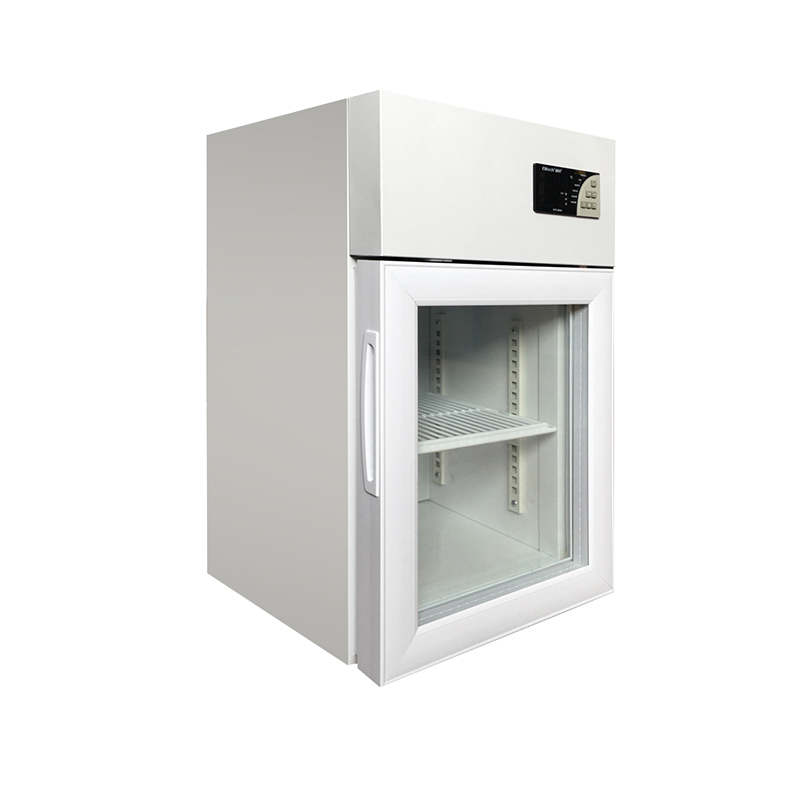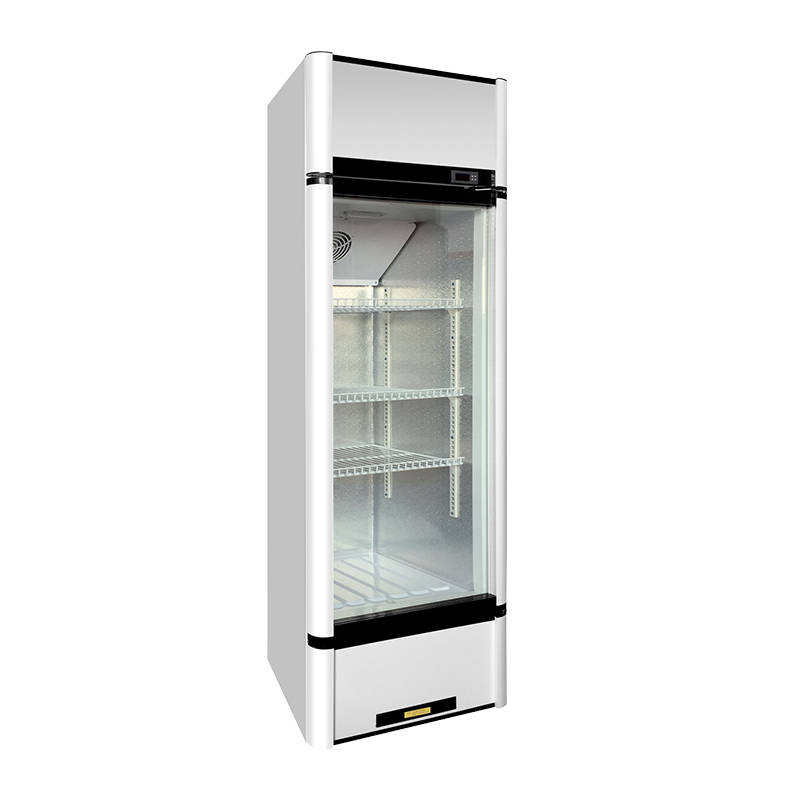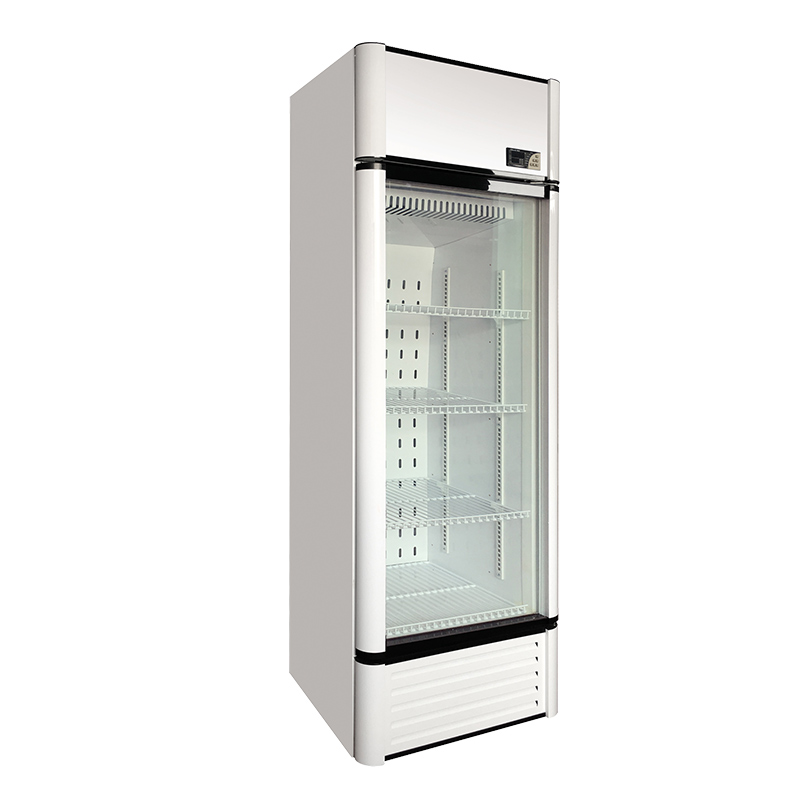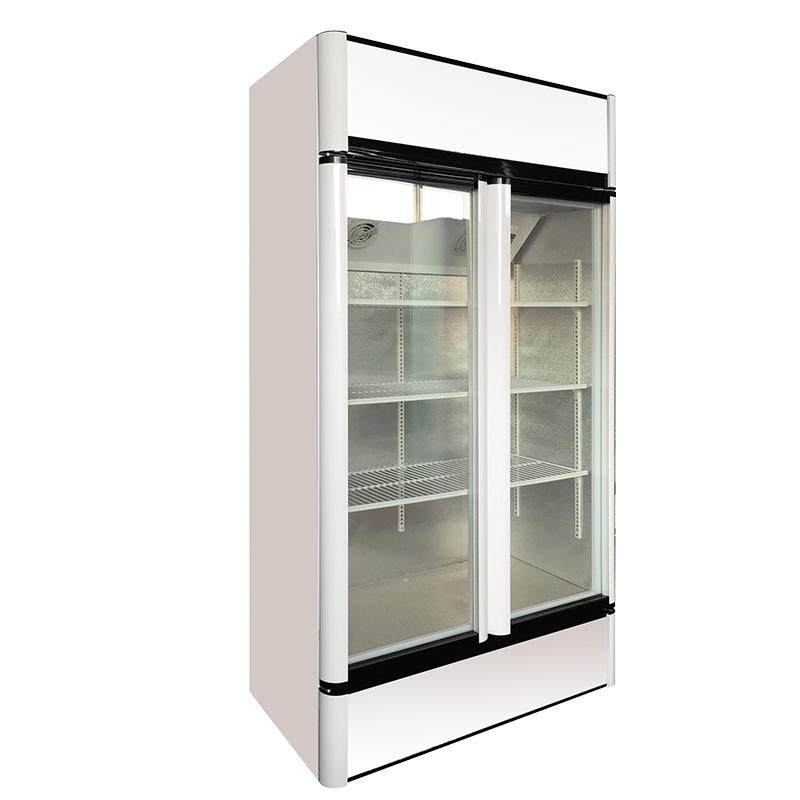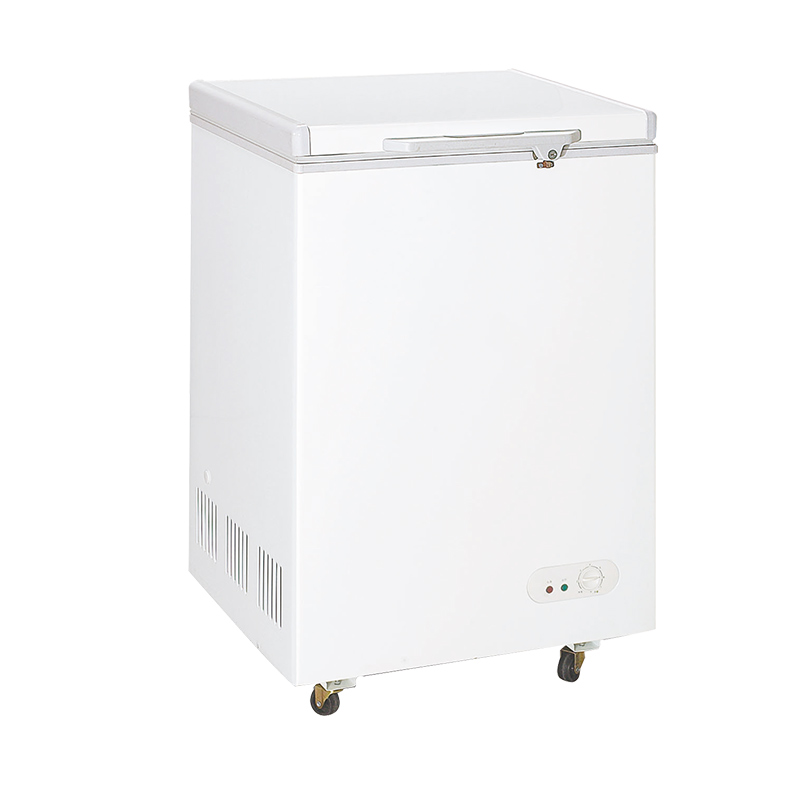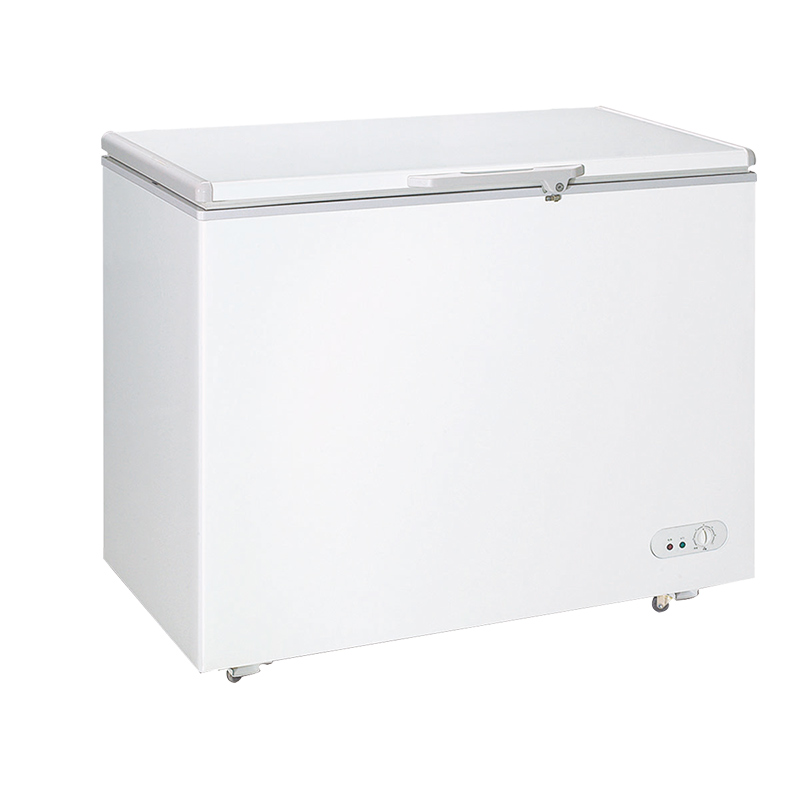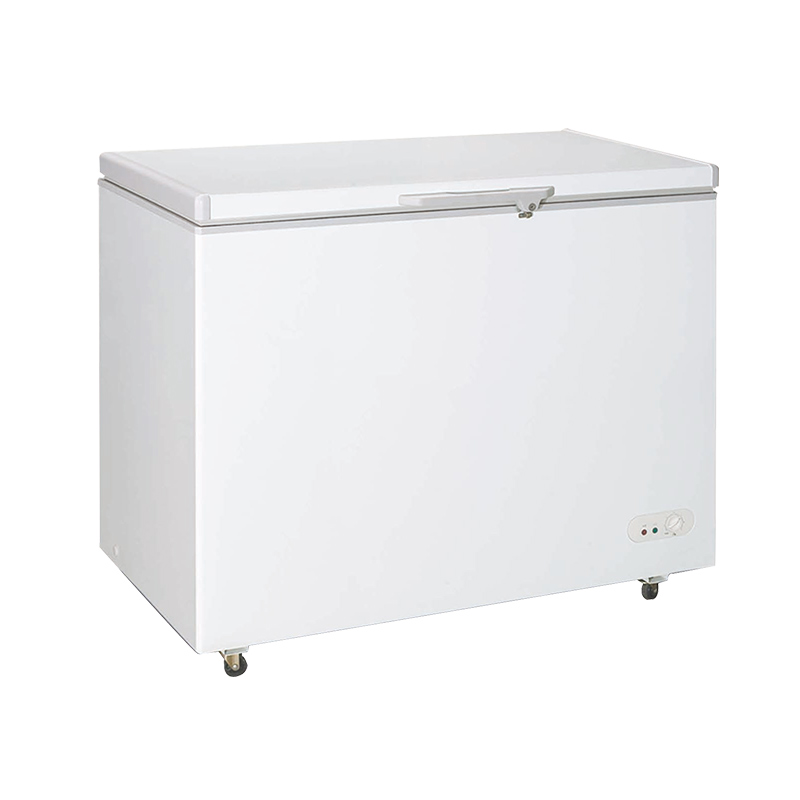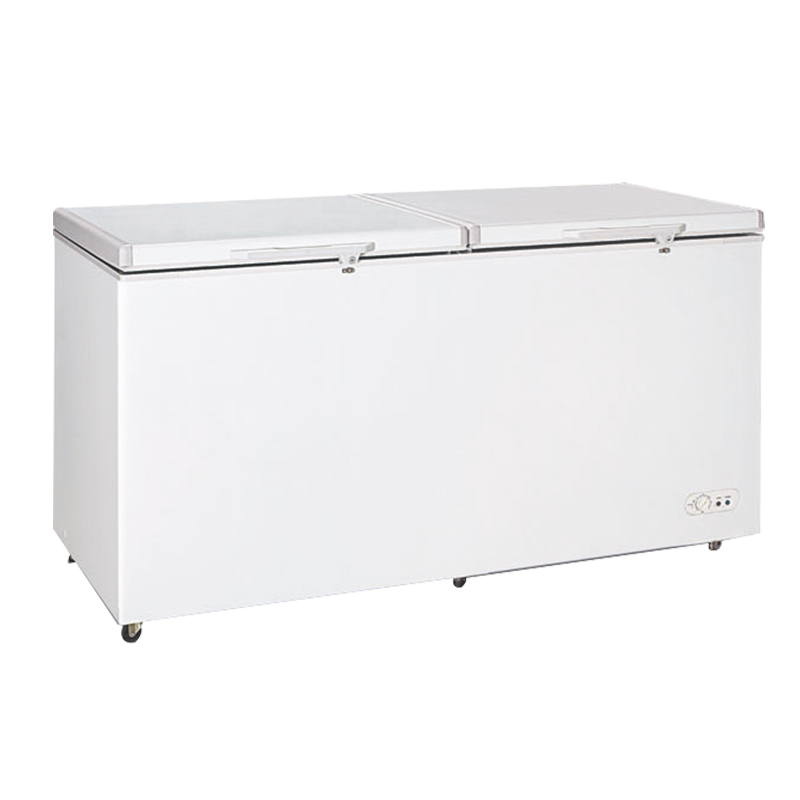The production line layout in refrigerator manufacturing is carefully designed for efficiency to optimize the assembly process, minimize production time, reduce costs, and ensure the highest quality of finished products. Here are some key considerations and principles that go into designing an efficient production line for refrigerator manufacturing:
Flow-Based Layout: The layout is typically organized in a linear or U-shaped flow to allow for a smooth and continuous movement of refrigerator units from one workstation to the next. This minimizes unnecessary handling and transportation.
Workstation Arrangement: Workstations are strategically positioned along the production line to facilitate the sequential assembly of components. Each workstation is equipped with the necessary tools, equipment, and materials for specific tasks.
Product Variability: The layout accommodates variations in refrigerator models and sizes, allowing for flexibility in production. This may involve adjustable conveyor systems, tooling, and fixtures to adapt to different product configurations.
Ergonomics: Workstations are designed with ergonomics in mind to optimize worker comfort and safety. This includes considerations for workstation height, tool accessibility, and minimizing repetitive motions.
Material Handling Systems: Efficient material handling systems, such as conveyors, automated guided vehicles (AGVs), or robotics, are integrated into the layout to transport components and refrigerator units seamlessly between workstations.
JIT (Just-In-Time) Inventory: Inventory and component storage areas are strategically located near the production line to minimize storage space and facilitate the use of JIT principles, reducing excess inventory and waste.
Quality Control Points: Inspection and quality control points are strategically placed along the Refrigerator production line to ensure that each unit meets specified quality standards before progressing to the next stage.
Standardized Work: Standardized work procedures and visual aids, such as work instructions and checklists, are provided to workers at each workstation to ensure consistency and efficiency in assembly tasks.
Maintenance and Tooling: Regular maintenance schedules are established for equipment and tooling to prevent breakdowns and production interruptions. Quick-change tooling systems are used to minimize downtime during changeovers.
Waste Reduction: Lean manufacturing principles are applied to minimize waste, including reducing overproduction, minimizing defects, and optimizing process cycle times.
Energy Efficiency: Energy-efficient lighting and equipment are used to reduce energy consumption and environmental impact.
Employee Training: Workers receive training in efficient assembly techniques, quality control, and safety practices to optimize their performance on the production line.
Continuous Improvement: Continuous improvement processes, such as Kaizen, are implemented to identify and address inefficiencies and bottlenecks in the production line.
Data Analytics: Data collection and analysis are used to monitor production metrics, identify areas for improvement, and make informed decisions about process optimization.
By carefully considering these factors and principles, refrigerator manufacturers can design production line layouts that maximize efficiency, quality, and competitiveness in the industry.


 English
English عربى
عربى